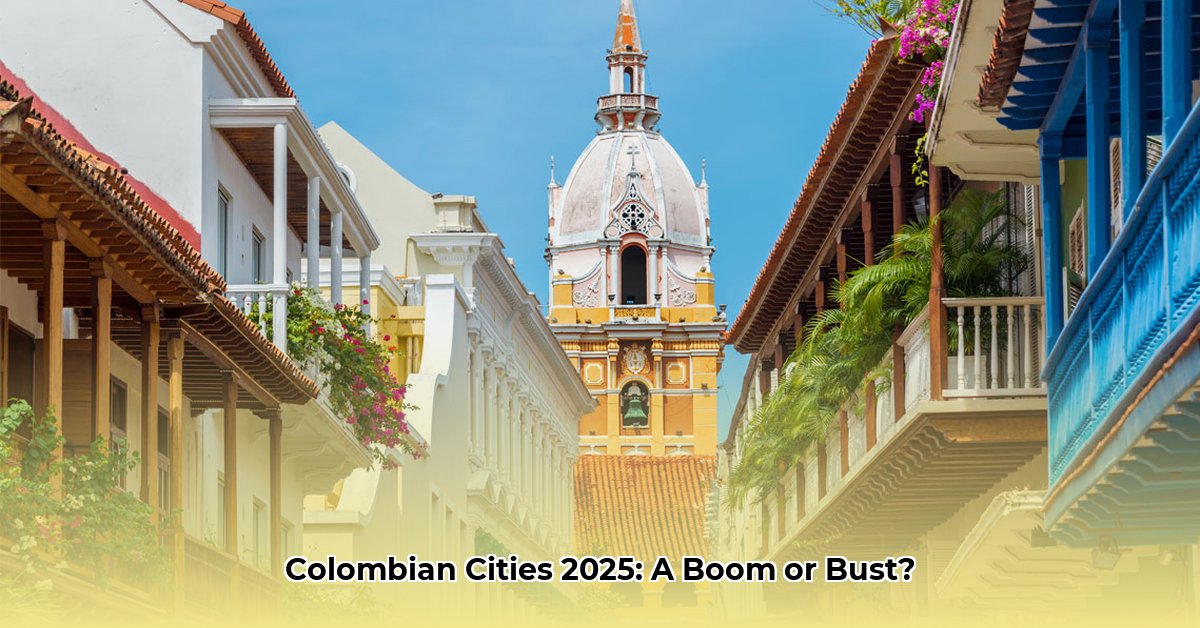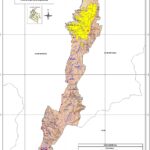Colombia’s cities are pulsating with growth, driven by a continuous influx of people seeking economic opportunities and a better life. This rapid urbanization presents a complex tapestry of challenges and opportunities, demanding strategic planning and innovative solutions. While cities like Bogotá, Medellín, and Cali promise progress, they grapple with the complexities of accommodating this growth sustainably and inclusively. For a global perspective on urban growth trends, check out this future city map.
Decoding the Data Puzzle: Measuring Colombia’s Urban Expansion
Understanding the true scale of urban growth in Colombia requires navigating a complex web of data discrepancies. Different sources employ varying methodologies, leading to a range of population estimates. This challenge is further compounded by the lack of a standardized definition for “city” versus “metropolitan area,” the rapid pace of urbanization outpacing data collection efforts, and the prevalence of informal settlements that complicate accurate counting. These data gaps hinder effective urban planning and resource allocation, underscoring the need for standardized, real-time data collection methods.
The Magnet of Opportunity: Understanding the Drivers of Urban Migration
The primary driver of Colombia’s urban influx is the pursuit of economic opportunity. Cities offer a broader spectrum of jobs, higher wages, and the promise of upward mobility, attracting individuals from rural areas seeking a better future. Improved security in urban centers also contributes to this migration trend. However, these opportunities are often unevenly distributed, leading to stark socio-economic disparities within cities. This raises critical questions: How can cities ensure inclusive growth that benefits all residents? How can they address the challenges of housing affordability, access to essential services, and equitable resource distribution?
The Two Sides of Urbanization: Balancing Progress and Challenges
Rapid urban growth presents a dual narrative: the potential for progress alongside significant challenges. This requires a delicate balancing act to ensure that growth translates into an improved quality of life for all residents.
- Infrastructure Under Strain: The existing infrastructure in many Colombian cities is struggling to keep pace with the influx of new residents. This strain manifests in overcrowded housing, congested transportation systems, and inadequate sanitation services. Strategic infrastructure investments are crucial to mitigate these challenges and ensure a basic standard of living for all.
- The Widening Gap of Inequality: Rapid urbanization can exacerbate existing inequalities. While some communities flourish, others are left behind, lacking access to basic resources and opportunities. Urban planning must prioritize inclusivity and address the specific needs of marginalized populations to bridge this widening gap.
- The Environmental Footprint of Growth: Urban sprawl consumes natural resources, increases pollution levels, and disrupts fragile ecosystems. Sustainable urban development necessitates minimizing the environmental impact of growth by embracing green building practices, promoting sustainable transportation options, and protecting natural spaces.
Charting a Sustainable Course: Strategies for Colombia’s Urban Future
Addressing the complex challenges of rapid urbanization requires a multifaceted and forward-thinking approach. Here are some key strategies for building sustainable and inclusive urban centers:
Investing in Robust Data Collection and Analysis: Accurate, real-time data is the cornerstone of effective urban planning. Colombia must invest in sophisticated data collection methods, including leveraging satellite imagery, mobile technology, and big data analytics to gain a comprehensive understanding of population dynamics, housing needs, and evolving infrastructure requirements.
Modernizing Urban Planning Frameworks: Existing urban planning instruments need to be strengthened and modernized to reflect the dynamic realities of rapid urbanization. Incorporating data-driven forecasting models, scenario planning, and community engagement can enhance the responsiveness and effectiveness of urban planning strategies.
Fostering Cross-Sector Collaboration: Effective urban development requires seamless collaboration among government agencies, urban planners, researchers, private sector stakeholders, and community organizations. By fostering open communication and shared responsibility, these actors can collectively develop and implement holistic solutions that address the complex needs of growing cities.
Prioritizing Green and Resilient Infrastructure: The future of Colombian cities hinges on embracing sustainable practices. This includes integrating green spaces, promoting eco-friendly transportation systems, implementing energy-efficient building codes, and investing in resilient infrastructure that can withstand climate change impacts. Incentivizing green building and sustainable practices within the private sector is essential for long-term viability.
Promoting Inclusive Growth and Social Equity: Urban planning must prioritize social equity, ensuring that the benefits of growth are shared by all residents. This requires addressing socio-economic disparities, promoting affordable housing initiatives, providing access to quality education and healthcare, and empowering marginalized communities to participate in the urban development process.
By implementing these strategies, Colombian cities can navigate the complexities of rapid urbanization and build thriving, sustainable urban environments that offer opportunities for all. The future of these cities depends on a commitment to data-driven planning, collaborative governance, and a long-term vision of inclusive and sustainable growth. This is a crucial moment for Colombia to embrace transformative change and shape a future where its cities become beacons of opportunity and prosperity for all.
- Red Cloud, NE: Discover Willa Cather’s Legacy - April 11, 2025
- Remember Old Social Media Sites? Their Rise and Fall - April 11, 2025
- How many days till Feb 3?Accurate Countdowns & Tools - April 11, 2025
















